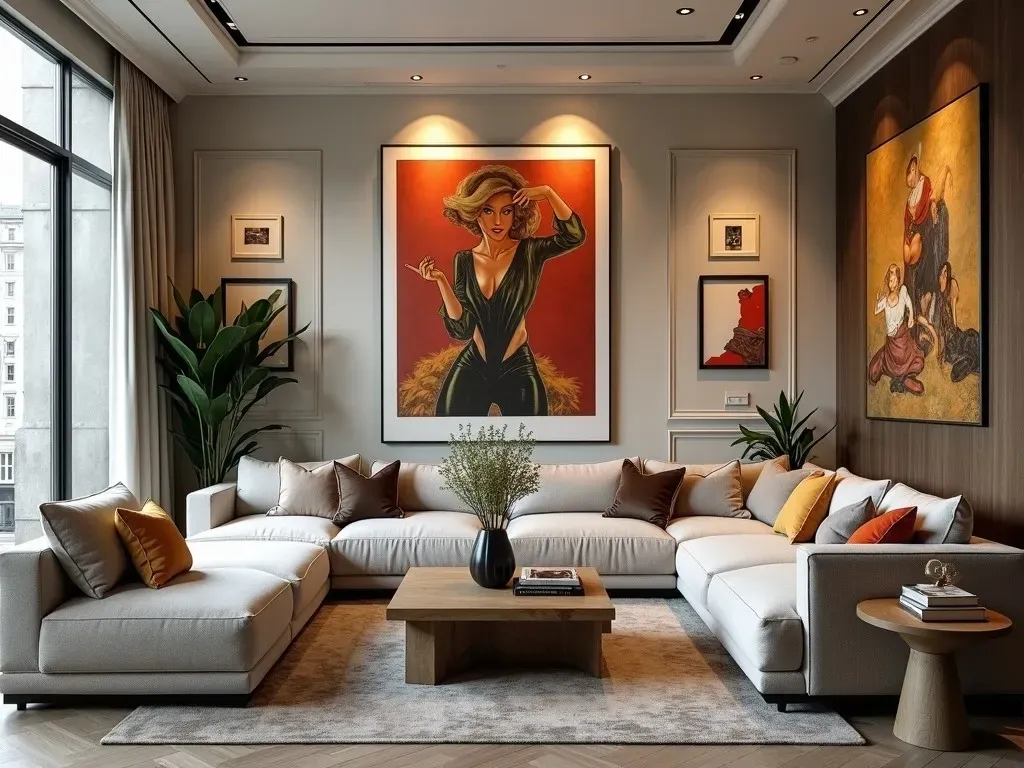Fine art art prints are an exquisite way to bring the elegance and creativity of artistic masterpieces into your home. These high-quality reproductions showcase beautiful artistic paintings from professional artists, allowing art lovers to adorn their walls without the hefty price tag of original artworks.
Why Choose Fine Art Art Prints?
Fine art art prints serve numerous purposes beyond mere decoration. They allow individuals to express their personalities, tastes, and styles while enhancing the overall aesthetic of their spaces. Here are some compelling reasons to opt for fine art art prints:
-
Affordability: fine art prints are significantly more affordable than original paintings, making high-quality art accessible to a wider audience.
-
Variety: With countless styles, themes, and artists available, fine art prints cater to diverse tastes ranging from classical to modern art.
-
Quality: Many companies produce fine art prints using archival inks and high-quality paper, ensuring longevity and durability.
-
Versatility: These prints can be framed, mounted, or displayed in various ways, giving homeowners the flexibility to curate their own gallery.
-
Personal Expression: Illuminating your walls with art that resonates with you can create an inviting atmosphere that reflects your identity.
Facts and Figures about Fine Art Art Prints
| Stat Category | Data |
|---|---|
| Average Cost of Fine Art Prints | $30 – $500 |
| Popular Print Sizes | 12″ x 16″, 24″ x 36″, 40″ x 60″ |
| Number of Available Artists | Over 600,000 |
| Expected Print Longevity | 75 years using archival inks |
Top Places to Purchase Fine Art Art Prints
When it comes to choosing where to buy fine art prints, several reputable websites stand out. Here’s a closer look:
| Website | Description | Link |
|---|---|---|
| Fine Art America | Ranks as the largest community for independent artists, offering a vast selection of fine art prints. | Fine Art America |
| Art.com | Provides one of the largest selections of fine art prints, easily searchable by theme or artist. | Art.com |
| Saatchi Art | Curates high-quality prints by emerging artists, offering various sizes and styles. | Saatchi Art |
| The Met Store | Offers museum-quality reproductions that make art history accessible. | The Met Store |
| iCanvas | Specializes in fine art canvas prints that replicate artistry in a stylish format. | iCanvas |
How to Choose the Right Fine Art Print for Your Space
Choosing the perfect fine art print involves considering several factors:
1. Identify Your Style
- Assess your existing decor. Are you leaning more toward contemporary, traditional, or eclectic styles? Your fine art prints should complement your overall aesthetic.
2. Color Coordination
- Choose prints that harmonize with your color palette, enhancing rather than clashing with surroundings.
3. Size Matters
- The size of your print can greatly affect the room’s ambiance. A large print can serve as a focal point, while smaller prints are perfect for gallery walls.
4. Texture & Material
- Decide between various materials such as canvas, paper, or metal prints, each delivering a distinct vibe and texture.
5. Theme and Emotion
- Choose artwork that resonates with you emotionally. Whether it’s serene landscapes or dynamic abstract pieces, the right print should evoke feelings that enrich your space.
Frame It Right
A proper frame can enhance the beauty of the artwork. Consider options like:
- Simple wood frames for a classic look
- Sleek metal frames for a modern touch
- No frame at all for a contemporary aesthetic
Reference Video
FAQ
What is the difference between a giclée print and a regular print?
Giclée prints utilize archival inks and high-quality materials, ensuring longevity and vibrant colors. Regular prints may not offer the same quality and might fade quicker.
How do I care for fine art prints?
To maintain the quality of fine art prints, keep them out of direct sunlight, use UV-protective glass when framing, and avoid extreme humidity.
Are fine art prints a good investment?
Yes, fine art prints can appreciate in value over time, especially if they are limited editions or created by recognized artists.
Can I customize the size of a fine art print?
Many online retailers offer customizable sizes to ensure the artwork fits perfectly in your designated space.
How do I select prints that will appeal to visitors?
Choose pieces that follow popular themes, such as landscapes or abstract art, as these tend to resonate with a broader audience.
Is it possible to find prints by famous artists?
Yes, various online stores and galleries offer fine art reproductions of works by iconic artists like Van Gogh, Monet, and Picasso.
Final Notes on Fine Art Art Prints
Fine art art prints not only beautify your surroundings but also signify your unique sense of style and appreciation for art. Opting for these prints affords artistic expression within a budget, transforming mundane spaces into captivating galleries.
Creating a space filled with Inspiration and creativity can be as simple as selecting the right fine art prints. With diverse options available, you’re bound to find the perfect artwork that resonates with your personal taste and enhances your home.
For more inspiring prints, check out Fine Art America for an extensive collection that can cater to your artistic vision.
